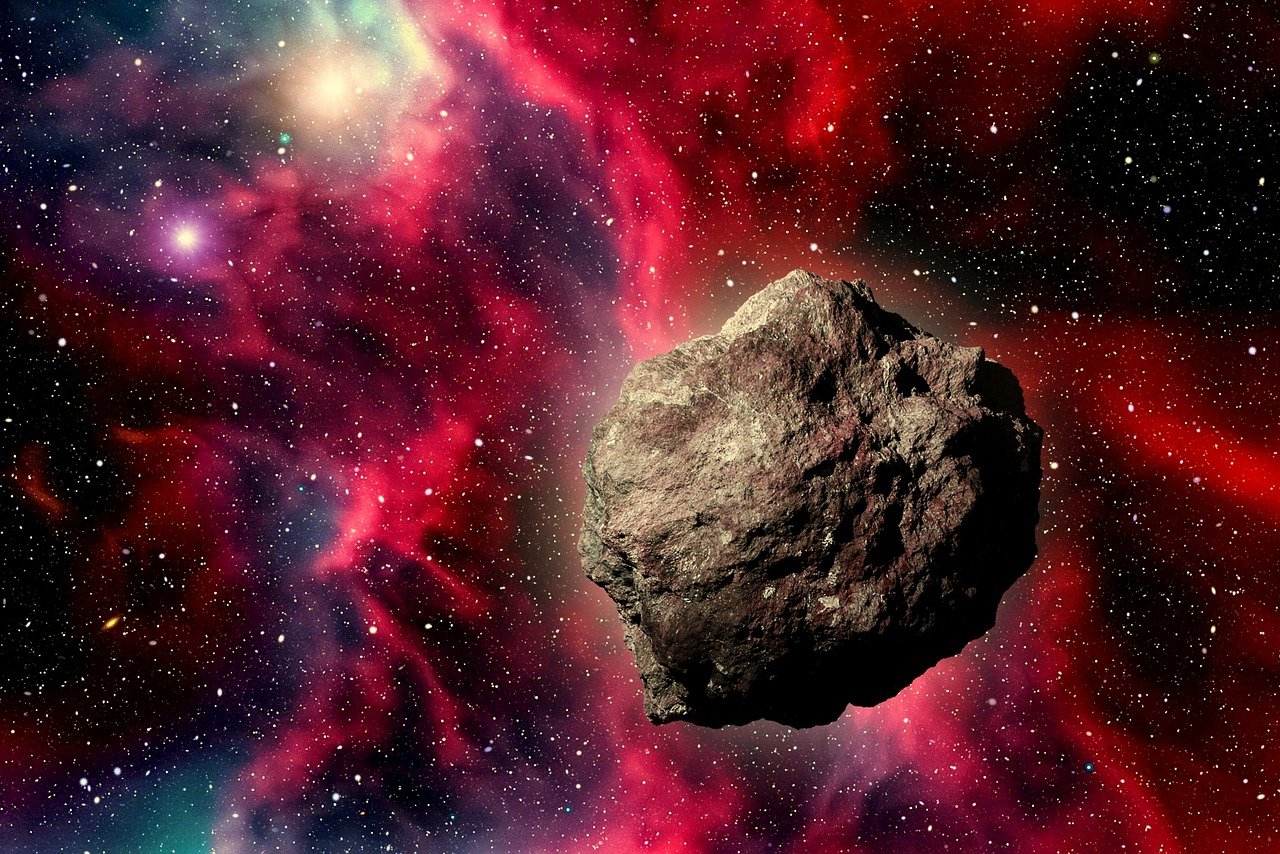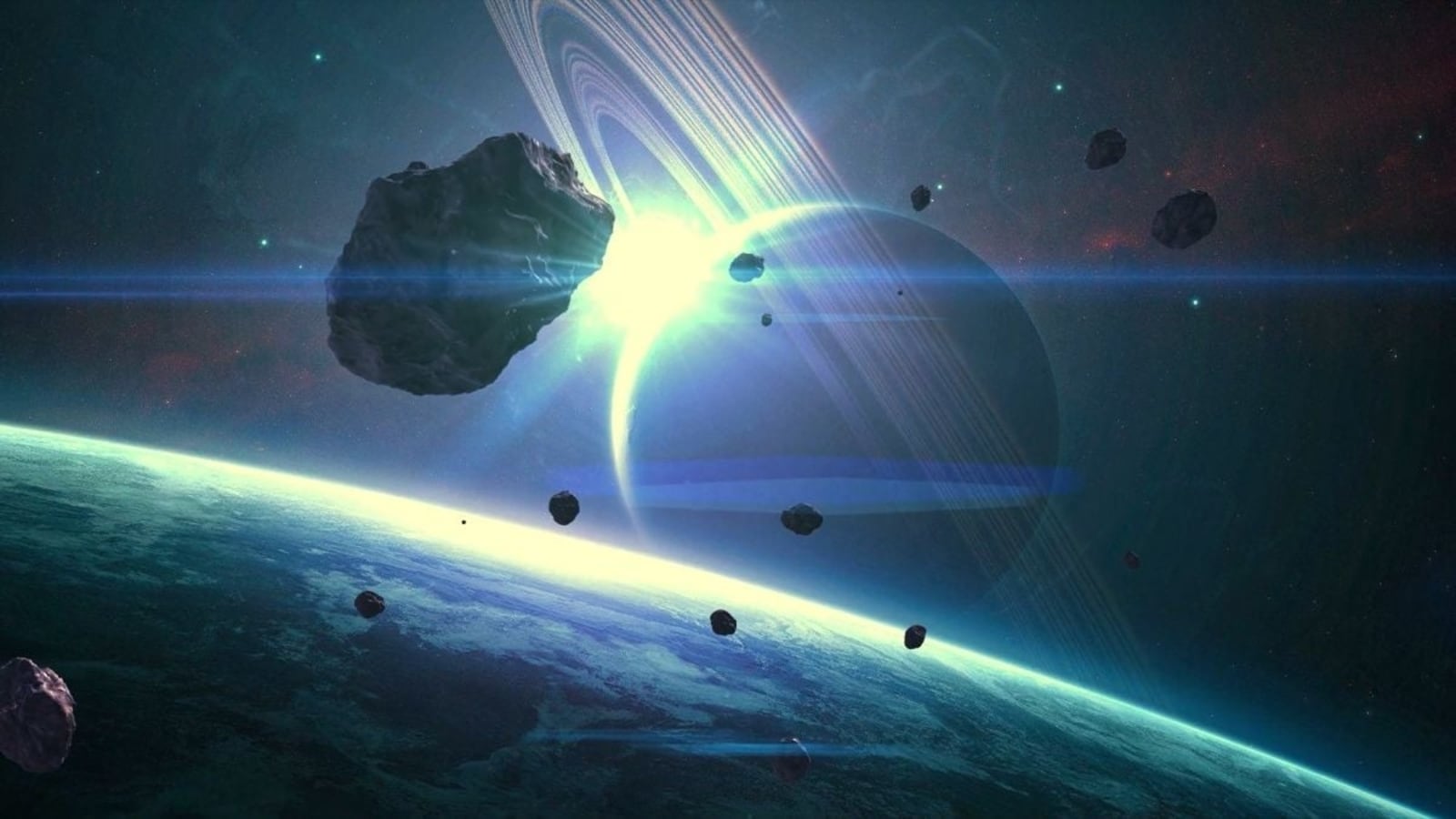350-foot asteroid to pass Earth today, reveals NASA; Know how close it will get
An Apollo-group asteroid has been tracked by NASA and it is likely to make its closest approach to Earth today, March 12. From size, speed to how close it will pass Earth, know all about Asteroid 2015 FM34.






 View all Images
View all ImagesLike previous months, we've seen numerous asteroids fly past Earth in recent weeks. These space rocks come close to the planet when they interact with the gravitational field of a large planet like Jupiter. This entanglement knocks asteroids off their orbits and sends them hurtling towards a planet, raising a potential impact scenario. With the help of its advanced ground and space-based telescopes and satellites, NASA has shed light on an asteroid that is expected to pass Earth by a close margin today, March 12.
Also Read: 5 asteroids to pass Earth in the coming days
Asteroid 2015 FM34: Details
The asteroid has been given the designation of Asteroid 2015 FM34 by NASA's Center for Near-Earth Object Studies (CNEOS). The space rock is travelling in its orbit at a blistering speed of around 39837 kilometers per hour, which is even faster than Intercontinental Ballistic Missiles (ICBMs)! As per the US Space Agency, this asteroid will come as close as 7.4 million kilometers to Earth today, March 12.
NASA says that although Asteroid 2015 FM34 will come close to Earth and has been designated as a Near-Earth Asteroid (NEA), it is not likely to impact the surface. That said, it is quite big when compared to other asteroids that fly past the planet frequently. In terms of size, the asteroid is nearly 350 feet wide, making it almost as big as a building.
Asteroid 2015 FM34 belongs to the Apollo group of Near-Earth Asteroids, which are Earth-crossing space rocks with semi-major axes larger than Earth's. These asteroids are named after the humongous 1862 Apollo asteroid, discovered by German astronomer Karl Reinmuth in the 1930s.
Also Read: What are asteroids and how ESA is tracking them
Previous approaches
Asteroid 2024 CL3 has passed Earth before. It first flew past the planet on April 24, 1946, at a distance of almost 72 million kilometers. NASA says that after today, this asteroid will come close again on March 17, 2027, and it will pass the planet by a distance of 7.2 million kilometers. Thus, it is imperative to keep an eye on these asteroids to minimize the uncertainties around their close approaches.
One more thing! We are now on WhatsApp Channels! Follow us there so you never miss any updates from the world of technology. To follow the HT Tech channel on WhatsApp, click here to join now!
Catch all the Latest Tech News, Mobile News, Laptop News, Gaming news, Wearables News , How To News, also keep up with us on Whatsapp channel,Twitter, Facebook, Google News, and Instagram. For our latest videos, subscribe to our YouTube channel.





























